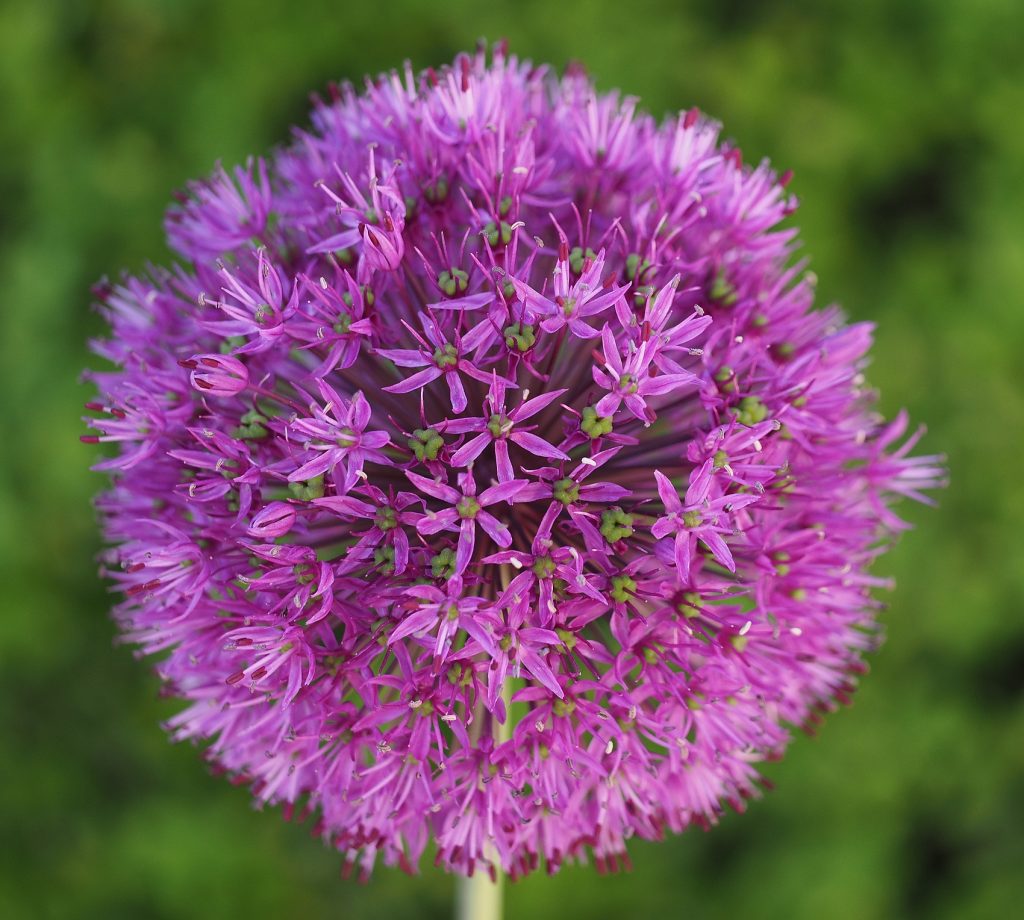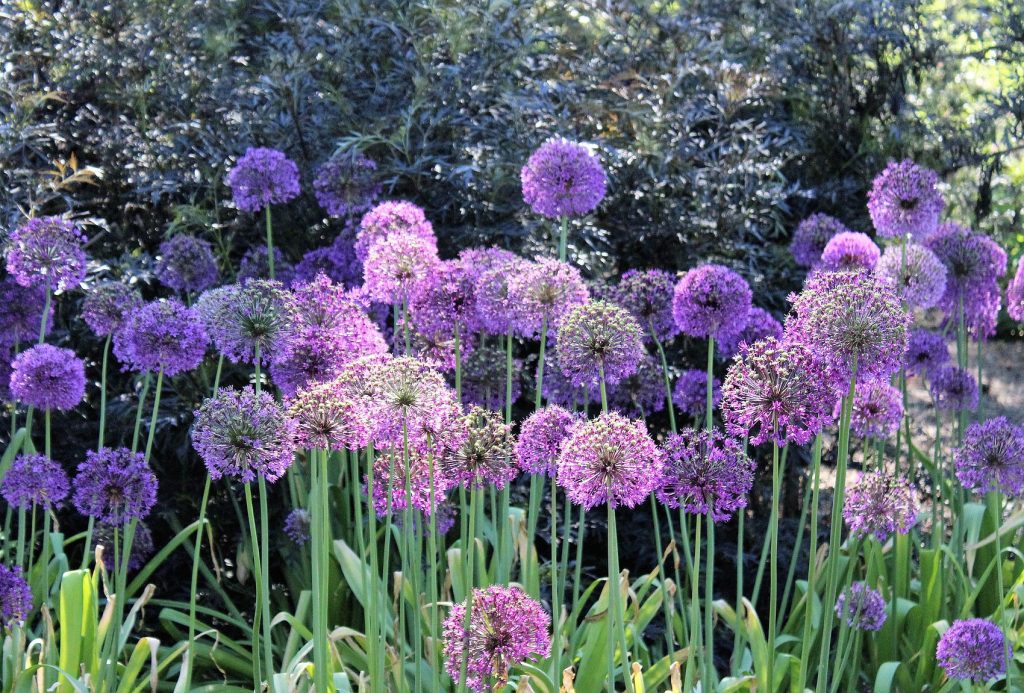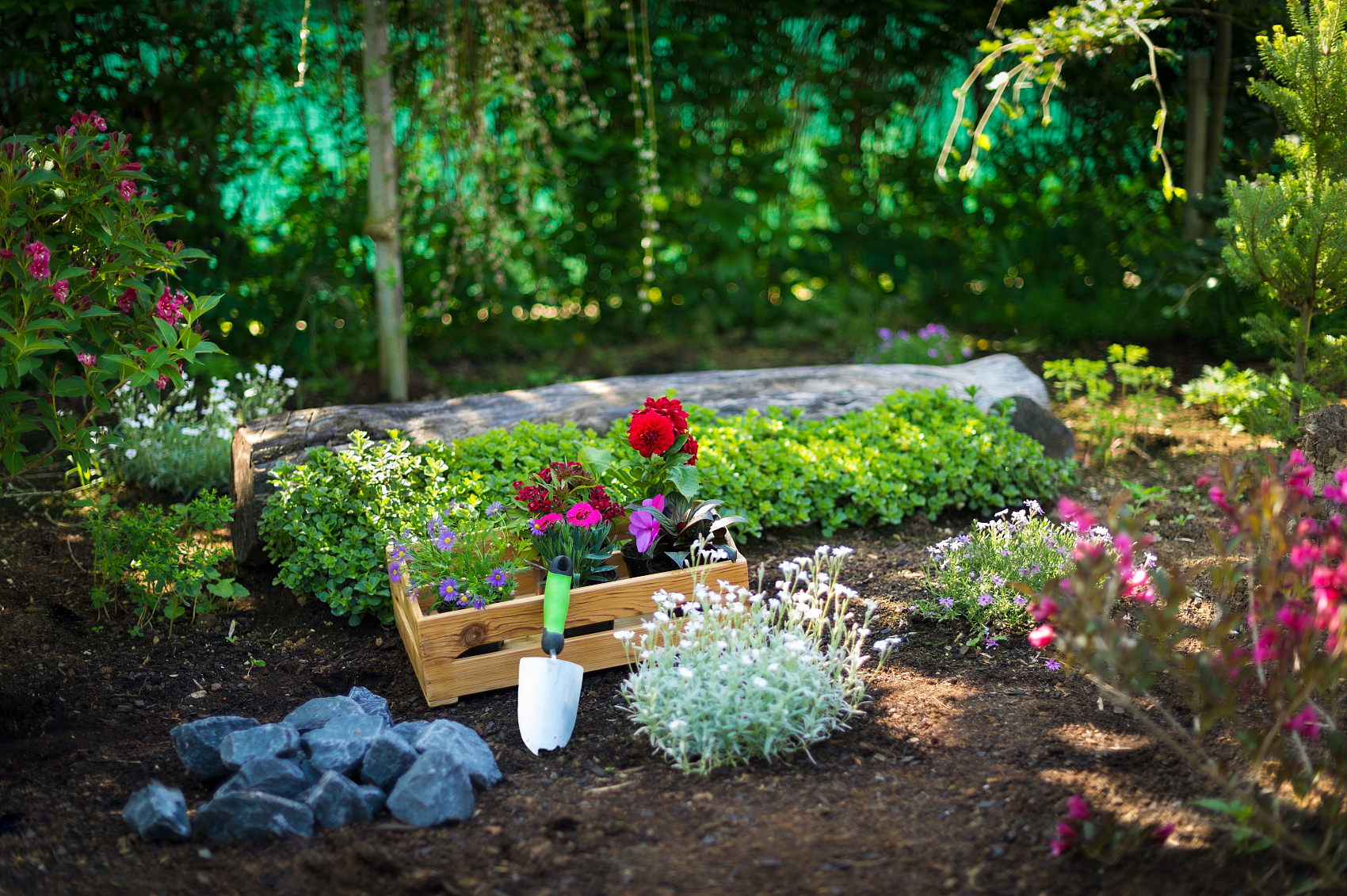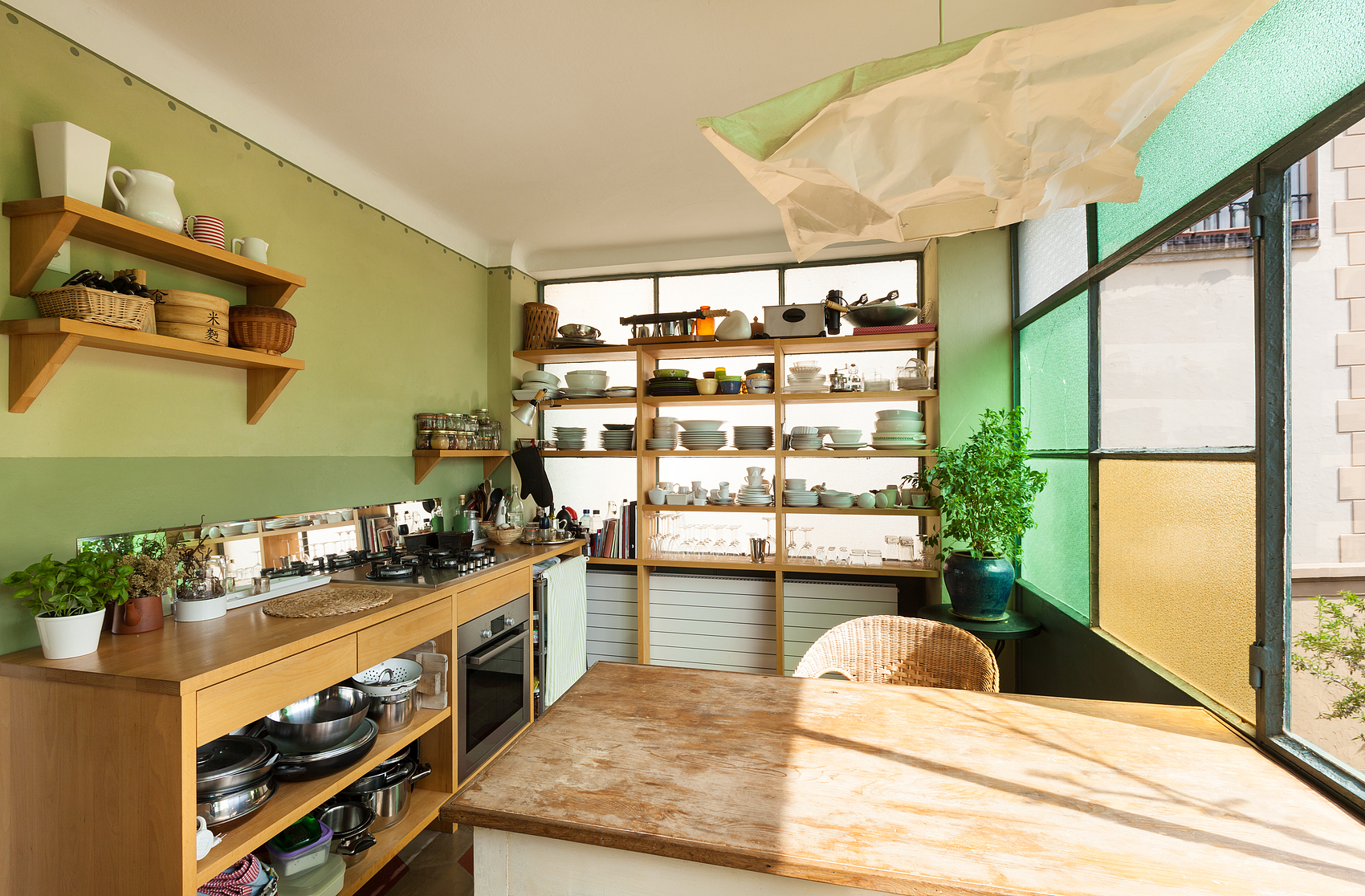Allium giganteum, commonly known as giant allium or giant ornamental onion, is a strikingly large and beautiful plant that surprisingly remains a bit of a secret. This Asian native, unlike most of its counterparts which hail from the southeastern part, is a standout member of the Amaryllidaceae family. Not only is it visually stunning, but it’s also as beneficial as it is attractive.
This allium is one of the tallest you can grow, reaching up to 5 feet in height and is known for being the parent of the famous ‘Globemaster’ cultivar. Despite its exotic looks, it’s surprisingly easy to grow both in gardens and pots, which makes its obscurity among non-enthusiasts all the more puzzling.

Care Tips for Giant Allium:
- Growth: The giant allium grows quickly to a height of 5 feet and might need staking in windy areas. It has a moderate spread of about 18 inches, making it a good fit for companion planting. Its strap-shaped, glossy grayish-green leaves make for interesting ground cover even before the blooms appear.
- Blooming: From late spring to midsummer, the plant shows off its true glory with large, violet to purple star-shaped flowers that can grow up to 10 inches across. These blooms last well into the season, drying out without losing their color and often attracting wildlife with their seeds.
- Light and Temperature: Alliums love sunlight and should get 6 to 8 hours of it daily, with some shade during the hottest part of the day in warmer climates. They are suitable for USDA hardiness zones 4 to 9 and can manage in zone 3 with extra care over winter. They’re also a bit sensitive to high humidity, which can increase the risk of fungal infections.
- Water and Feeding: Water these plants using the soak and dry method, more frequently if the soil feels dry an inch below the surface. They’re drought-tolerant once established and generally don’t need much feeding, though a bit of compost in early spring can help.
- Soil and Transplanting: Almost any soil type works for giant alliums, but they thrive best in loamy soil. They need well-drained soil, so amend heavy clay as needed. You can also grow them in containers, ensuring proper depth and good drainage.
Maintenance and Propagation:
- You generally won’t need to prune your alliums, but allow the foliage to die back naturally to maximize energy absorption. If you live in a colder climate, cutting the plant back at the end of autumn helps it overwinter.
- Deciding whether to deadhead the flowers or let them go to seed depends on whether you want the plant to focus energy on the bulb (which aids in division and naturalization) or produce seeds that attract birds and add visual interest into late fall.
- Propagation is most commonly done by division, but mature plants can also self-seed if you leave the flower heads intact.

Pests, Diseases, and Uses:
- Giant alliums are naturally resistant to many pests thanks to their oniony scent, which deters deer and rabbits. However, they can still face threats from onion flies and thrips. Overwatering can lead to rot and fungal infections.
- While all alliums are toxic to cats and dogs, the giant onion can also cause digestive issues in humans if not prepared properly.
- With their long-lasting and visually appealing umbels, giant alliums are ideal for flower arrangements and as wedding flowers. They’re excellent in garden borders or pots, attracting beneficial insects while repelling pests, making them perfect companion plants.
In essence, Allium giganteum is a versatile, low-maintenance addition to any garden, offering both aesthetic and ecological benefits. Whether you’re an avid gardener or a casual plant lover, this giant allium is a choice that delivers beauty, function, and a bit of mystery.












